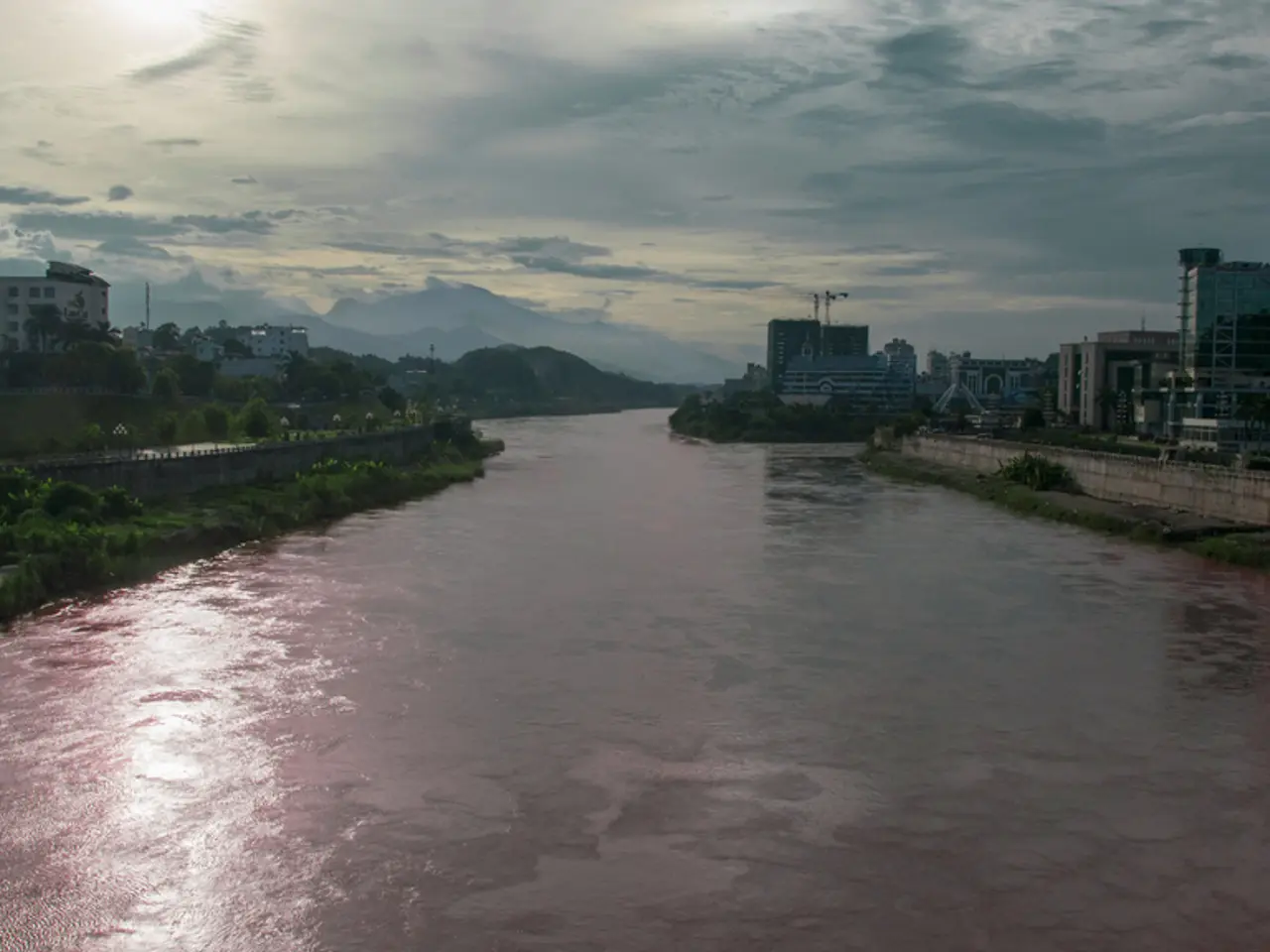Commences Building of Massive Hydropower Dam in Tibet, China
The construction of the Medog Hydropower Station, a colossal hydropower dam on the Yarlung Zangbo River in Tibet, is a project that has stirred both excitement and concern. This endeavour, hailed as a "project of the century" by China, is a significant step towards the country's goal of increasing renewable energy and achieving carbon neutrality. However, its scale and location in a seismically active and ecologically fragile region raise geopolitical, environmental, and social issues, particularly for downstream countries like India and Bangladesh.
Geopolitical Tensions
The Yarlung Zangbo transforms into the Brahmaputra as it flows into Bangladesh and India, providing a lifeline for millions of people who depend on it for agriculture and water supply. India and Bangladesh have expressed concerns about potential negative impacts on water flow and regional stability, given the absence of a comprehensive water-sharing treaty between China and India for the Brahmaputra. The lack of transparency in data-sharing exacerbates these concerns. India's Foreign Ministry has stated it will monitor the situation and act to protect its interests, reflecting the geopolitical tensions linked to China controlling a major transboundary river.
Environmental Challenges
The dam's location in the Yarlung Zangbo Grand Canyon and the Namcha Barwa mountain area, one of the world's most biodiverse regions, presents significant environmental challenges. The construction involves large-scale excavation and river diversion through tunnels, which could disrupt fragile ecosystems, biodiversity, and the natural flow regime. Experts warn about risks of environmental degradation, altered sediment transport, and possible catastrophic consequences in the event of earthquakes or extreme weather. The absence of publicly available comprehensive environmental impact assessments fuels fears of irreversible ecological damage.
Social Disruptions
The dam's construction could lead to significant social disruptions in Tibet, particularly for local indigenous communities. Details about displacement or resettlement of local populations near the dam site have not been disclosed by the Chinese government. However, large infrastructure projects of this magnitude often involve significant social disruption. NGOs and local residents have voiced concerns about the impacts on these communities and biodiversity in Tibet.
The success of the Medog Hydropower Station will depend on how well ecological protection, local displacement, and global concerns are balanced. The project's potential to escalate tensions and cause ecological and social disruptions downstream in India and Bangladesh underscores the need for robust cooperation, transparency, and transboundary water management.
- Despite China's emphasis on renewable energy, concerns about the environmental impact of the Medog Hydropower Station are prominent, given its location within the Yarlung Zangbo Grand Canyon and the Namcha Barwa mountain area, an area rich in biodiversity.
- The hydropower dam's construction could lead to significant social disruptions within local indigenous communities in Tibet, with concerns about displacement or resettlement of these populations going unaddressed by the Chinese government.
- As the Yarlung Zangbo transforms into the Brahmaputra and provides a lifeline for millions in India and Bangladesh, the dam's potential impact on water flow and regional stability has sparked concerns among these downstream countries, particularly due to the lack of a comprehensive water-sharing treaty with China.
- The construction of the Medog Hydropower Station is a significant step towards China's goal of increasing renewable energy and achieving carbon neutrality, but its sheer size and location in a seismically active region have led experts to warn about possible catastrophic consequences in the event of earthquakes or extreme weather.
- The environmental science community is closely monitoring the hydroelectric project, and the absence of publicly available comprehensive environmental impact assessments has fueled fears of irreversible ecological damage.
- To better address geopolitical tensions, ensure environmental protection, and minimize social disruptions, there is a need for robust cooperation, transparency, and transboundary water management, particularly through collaborative courses and research in ESG (Environmental, Social, and Governance) to Foster Sustainable Development within the renewable energy industry.




